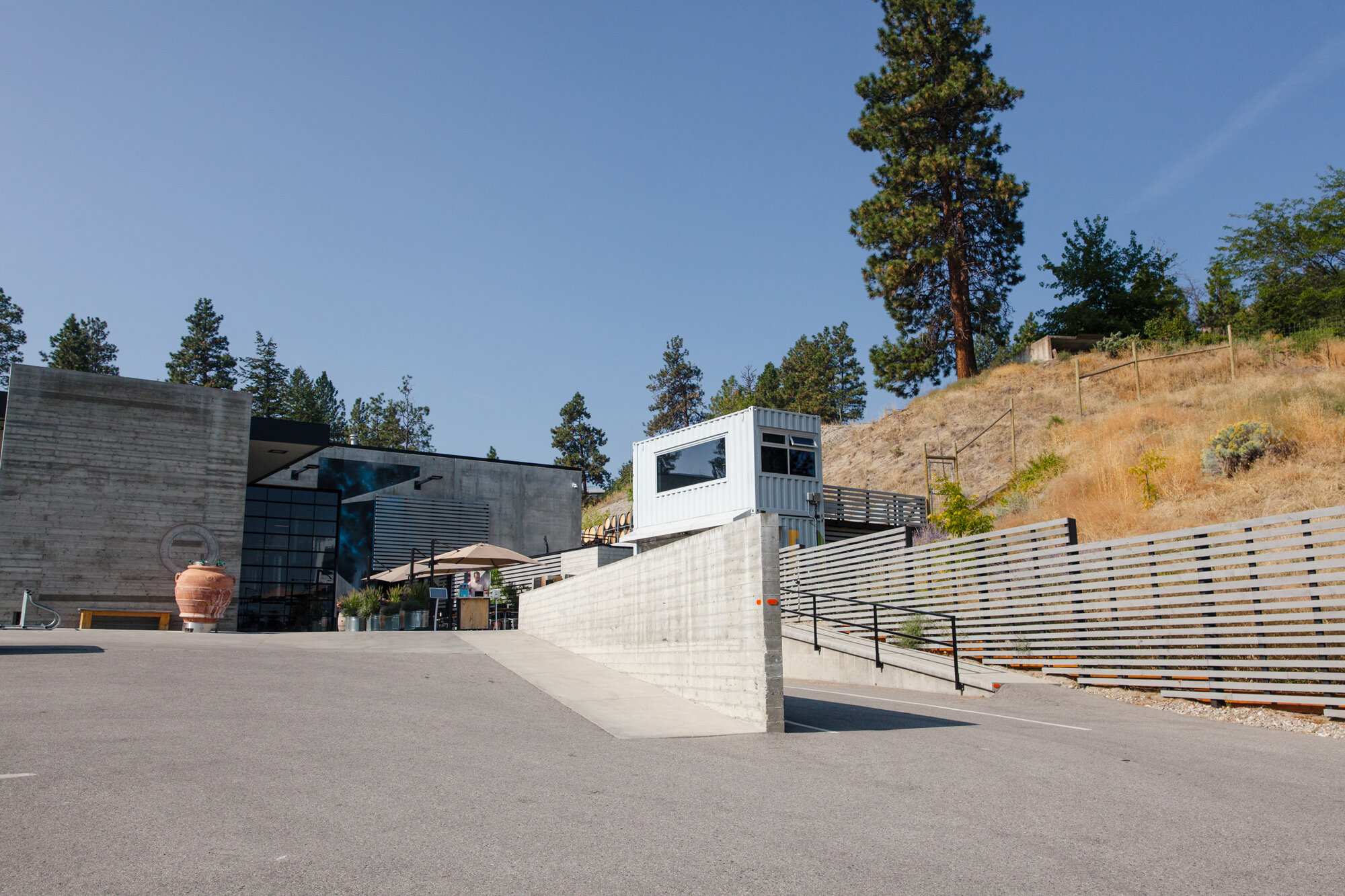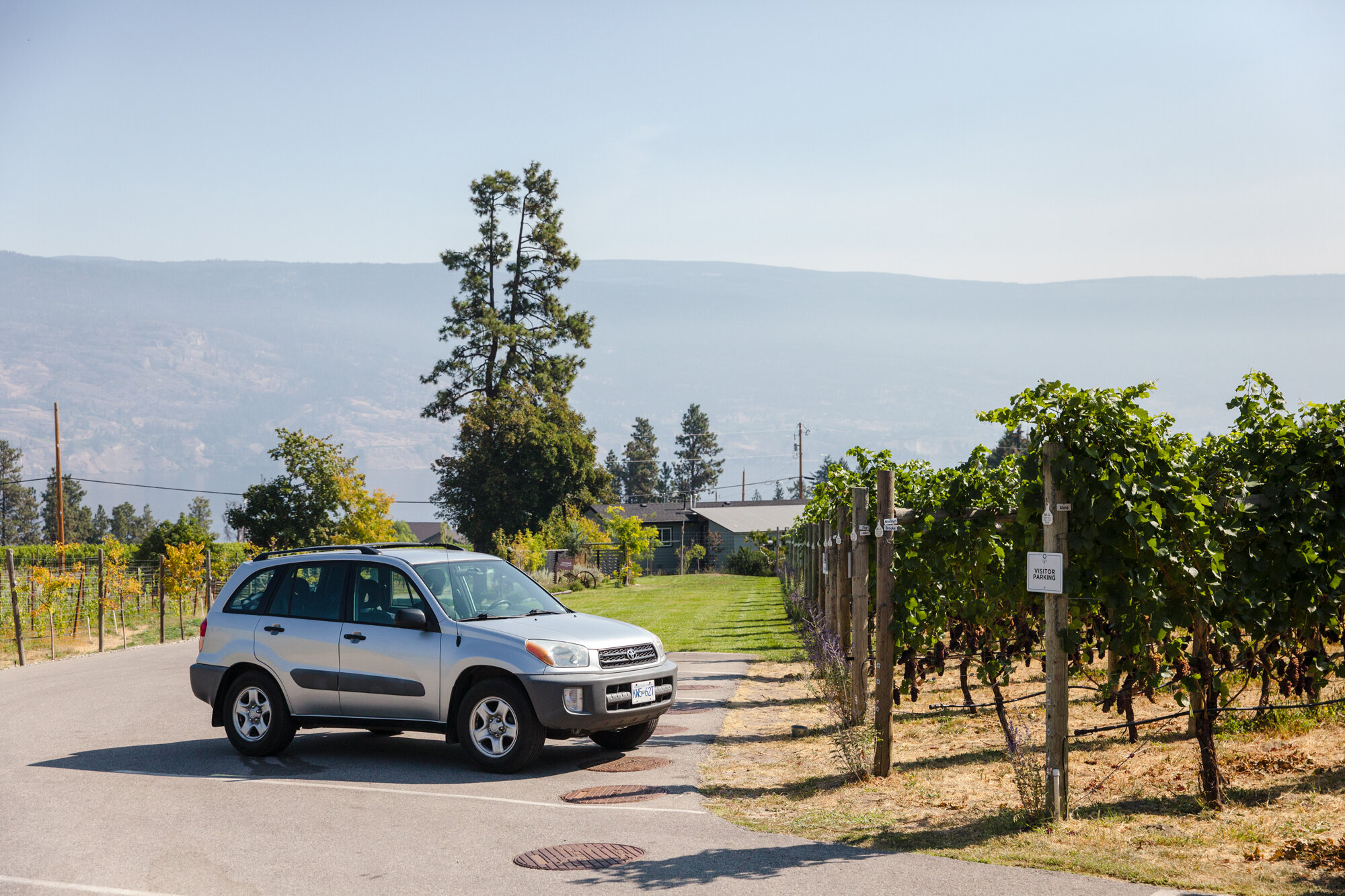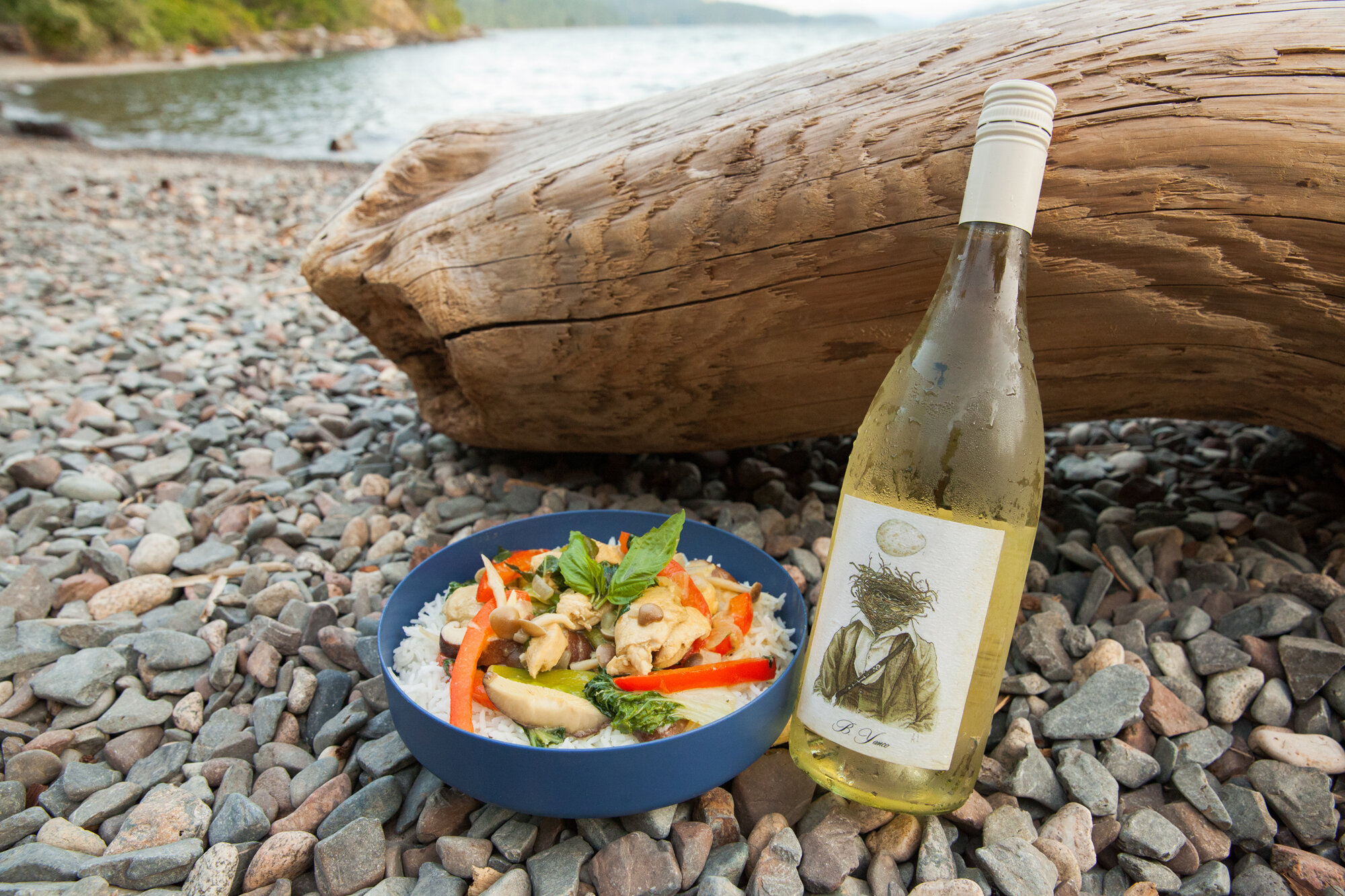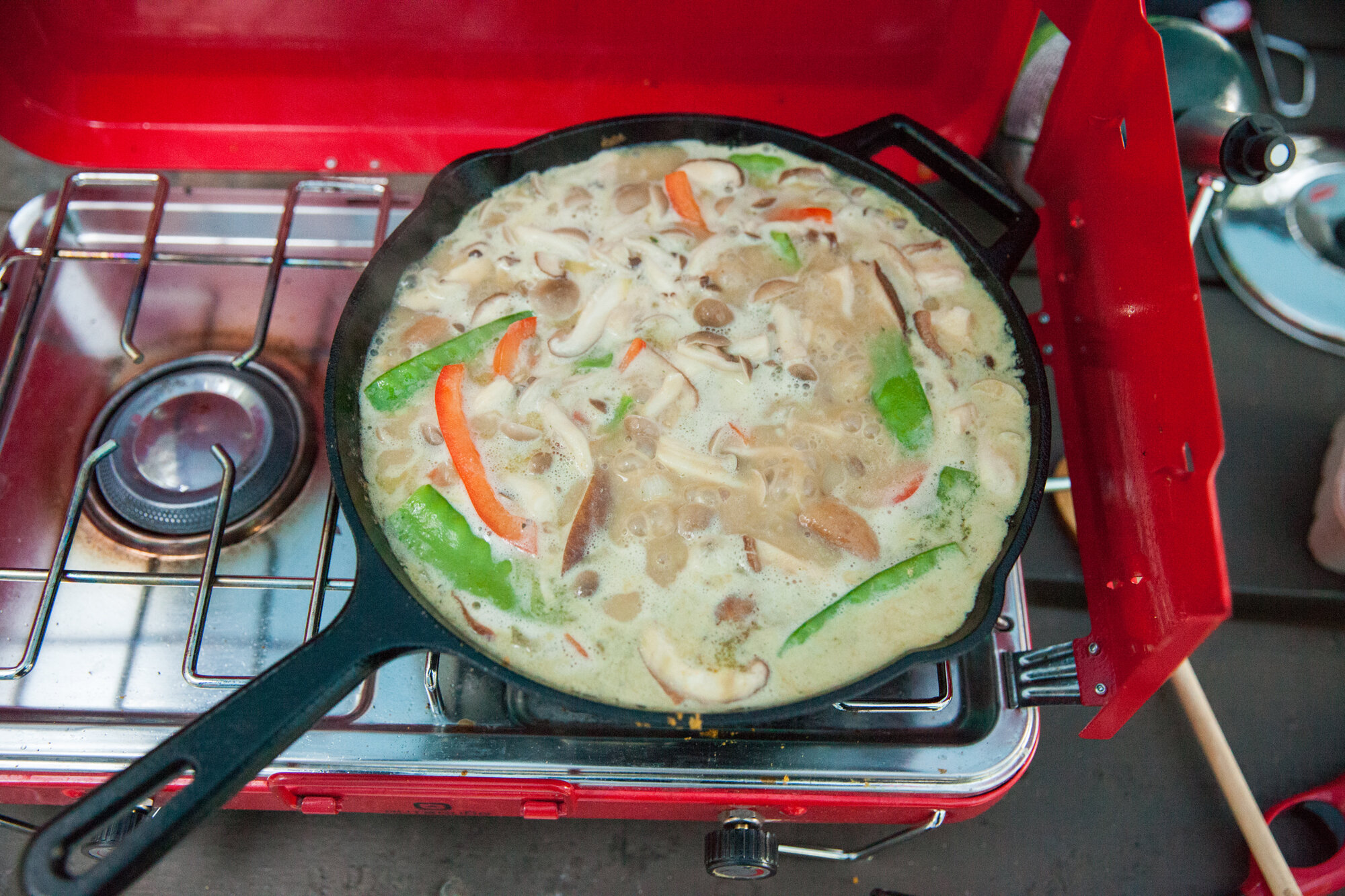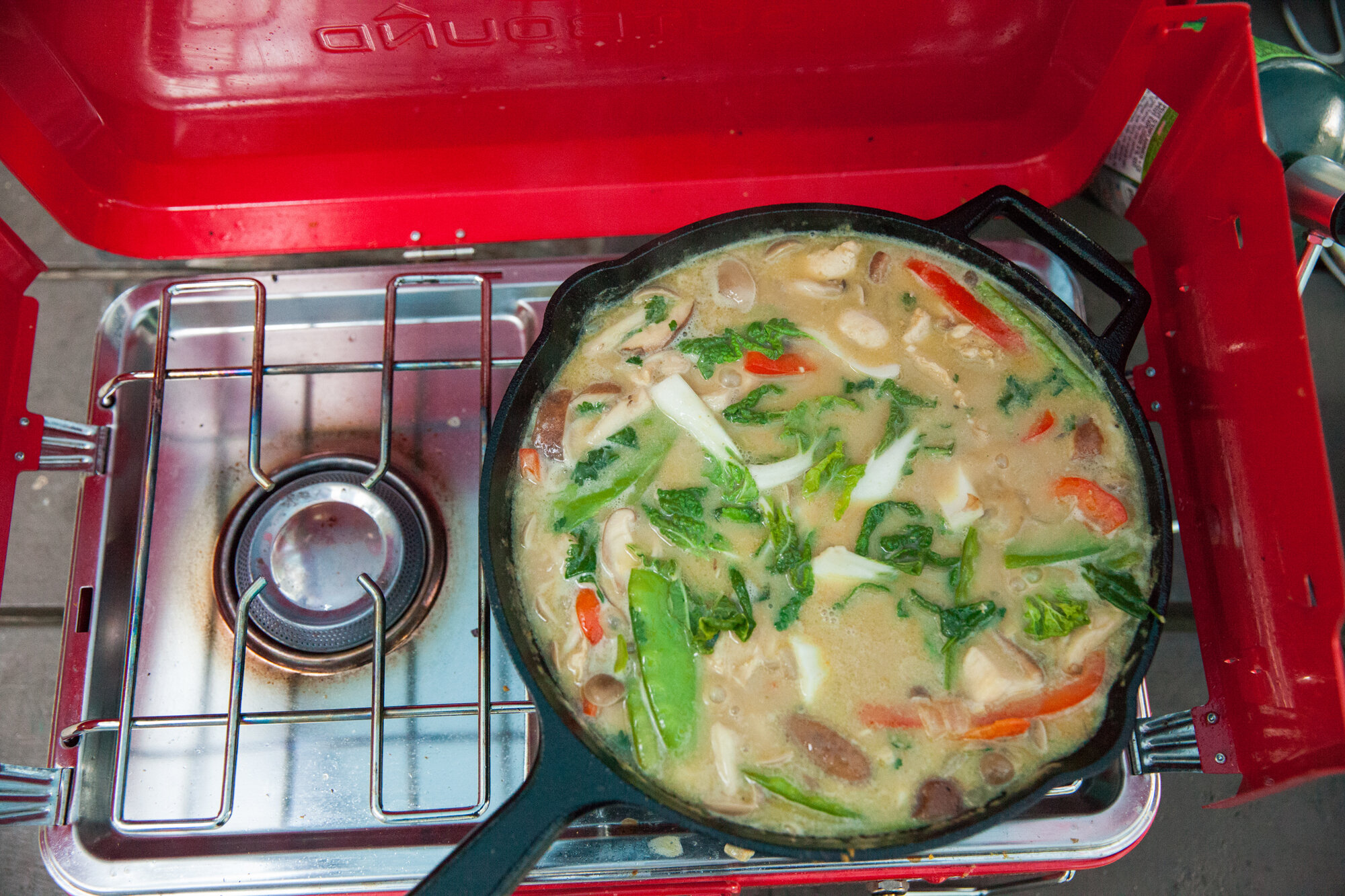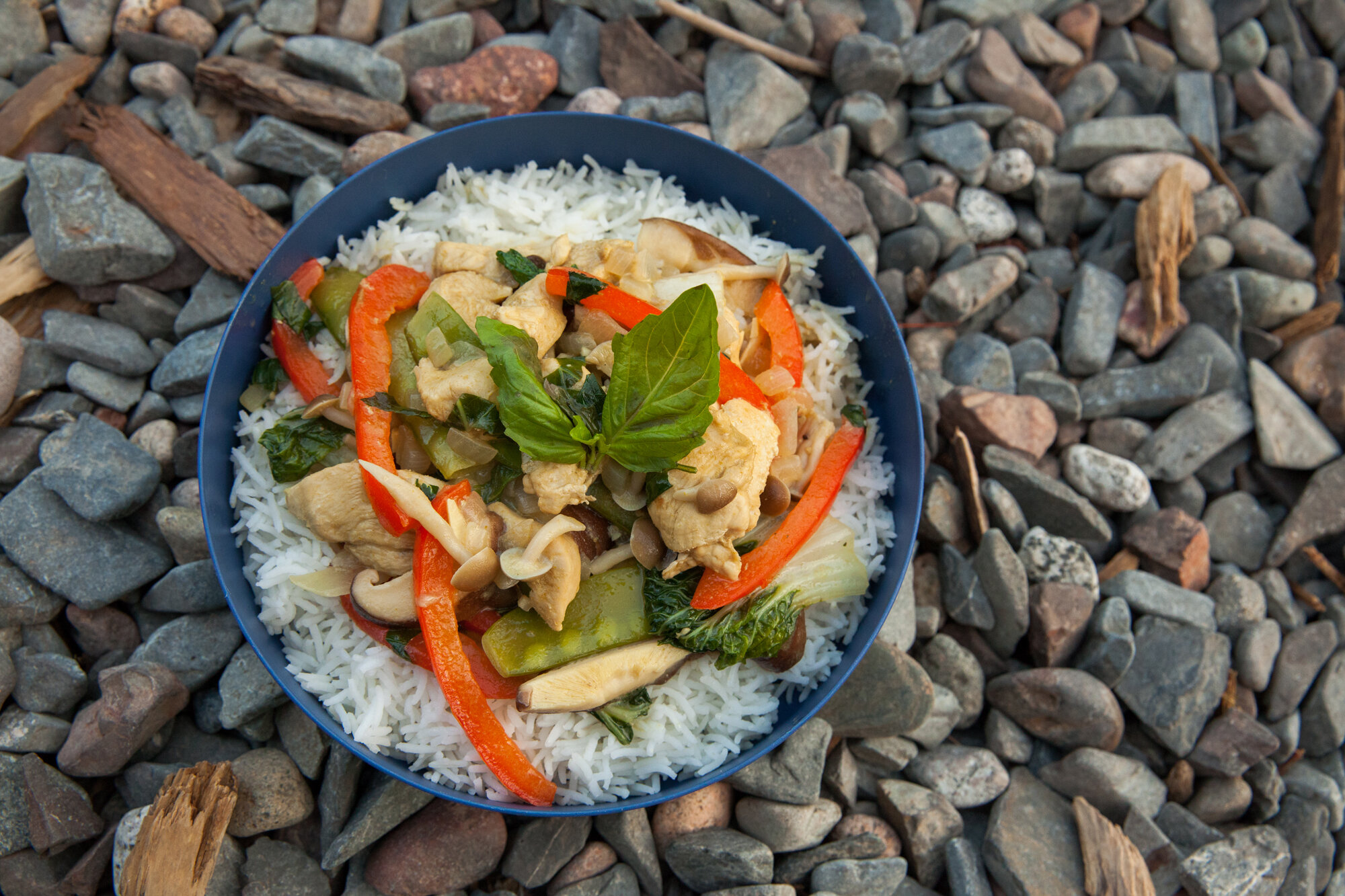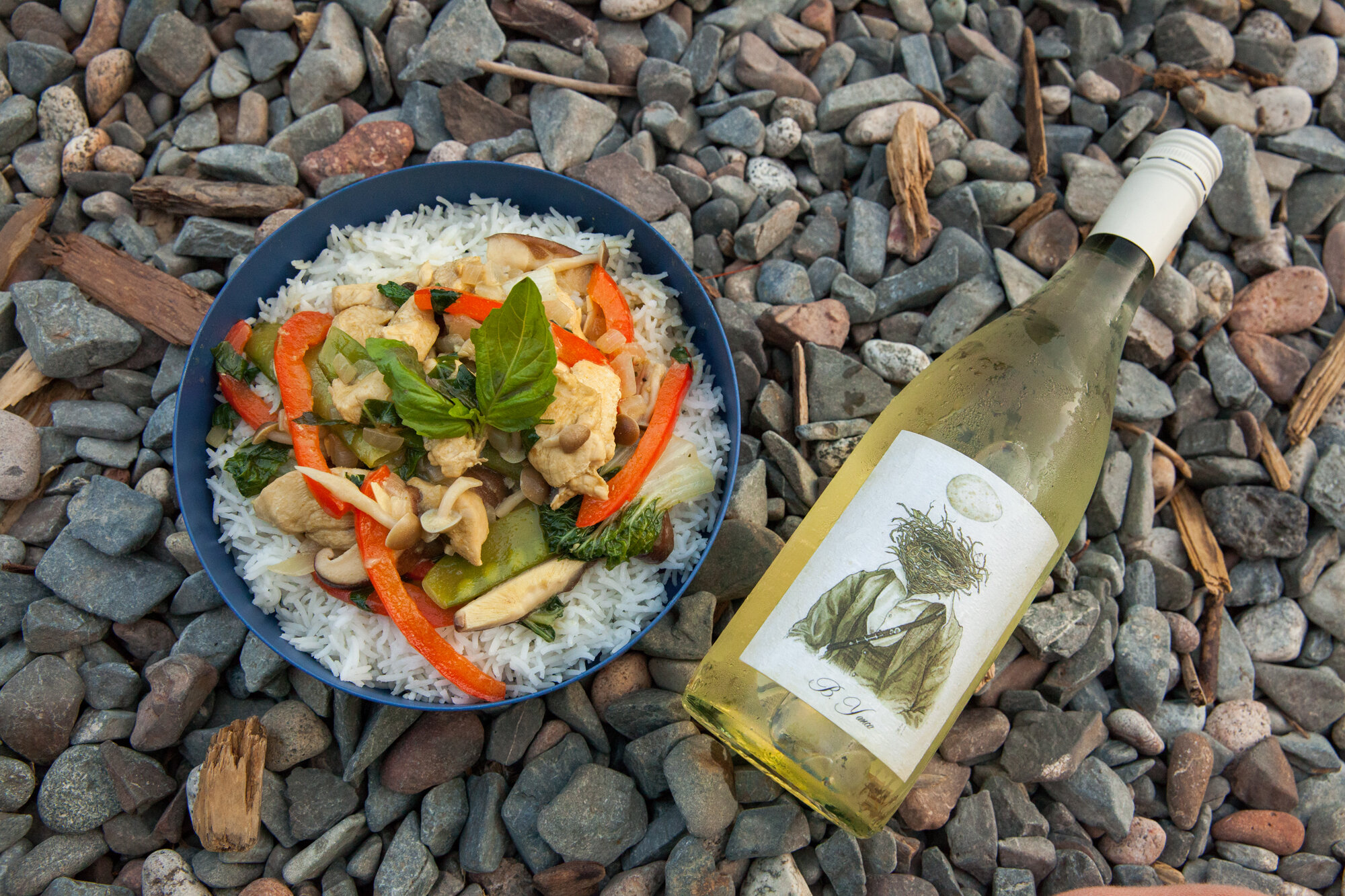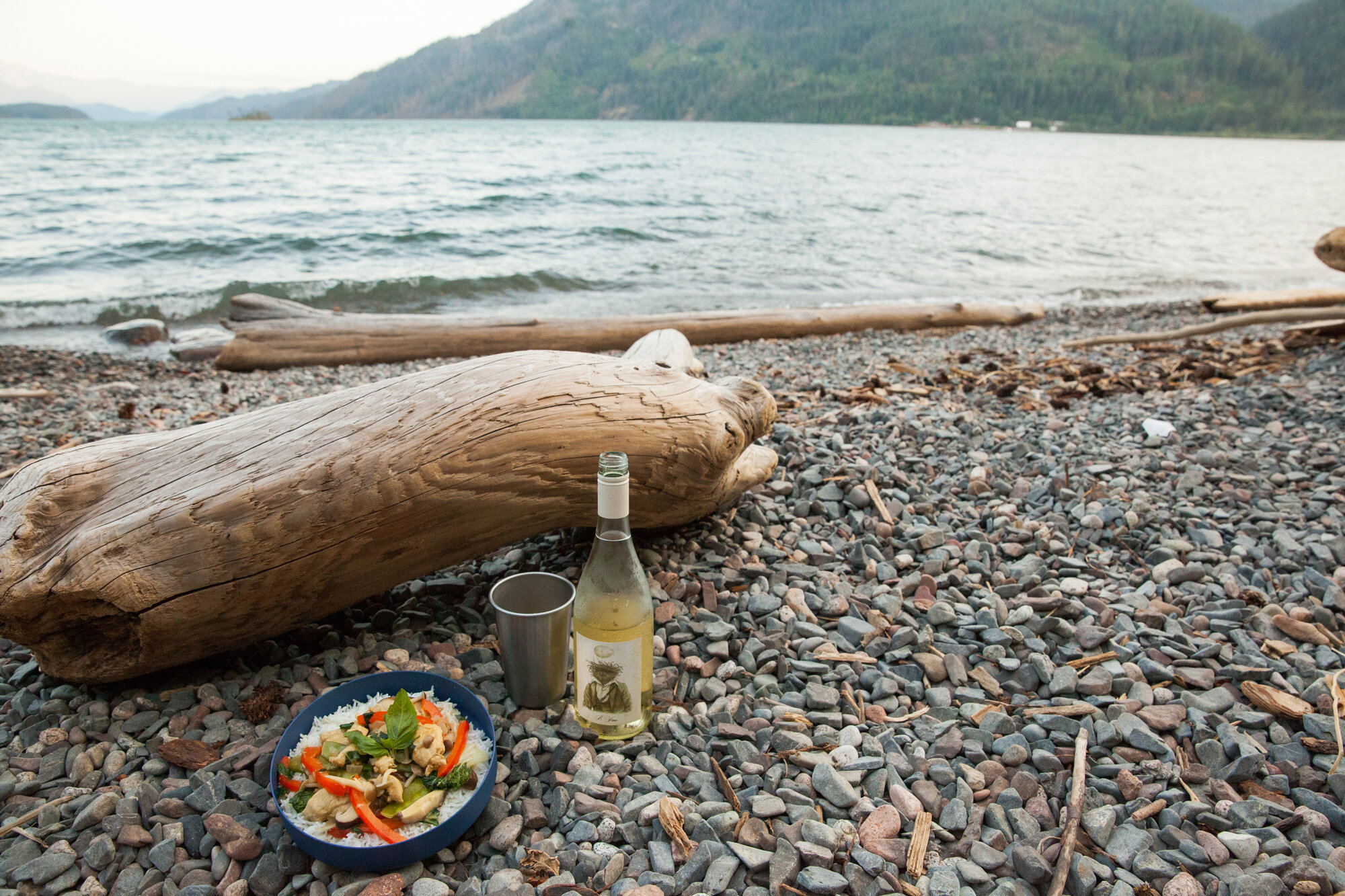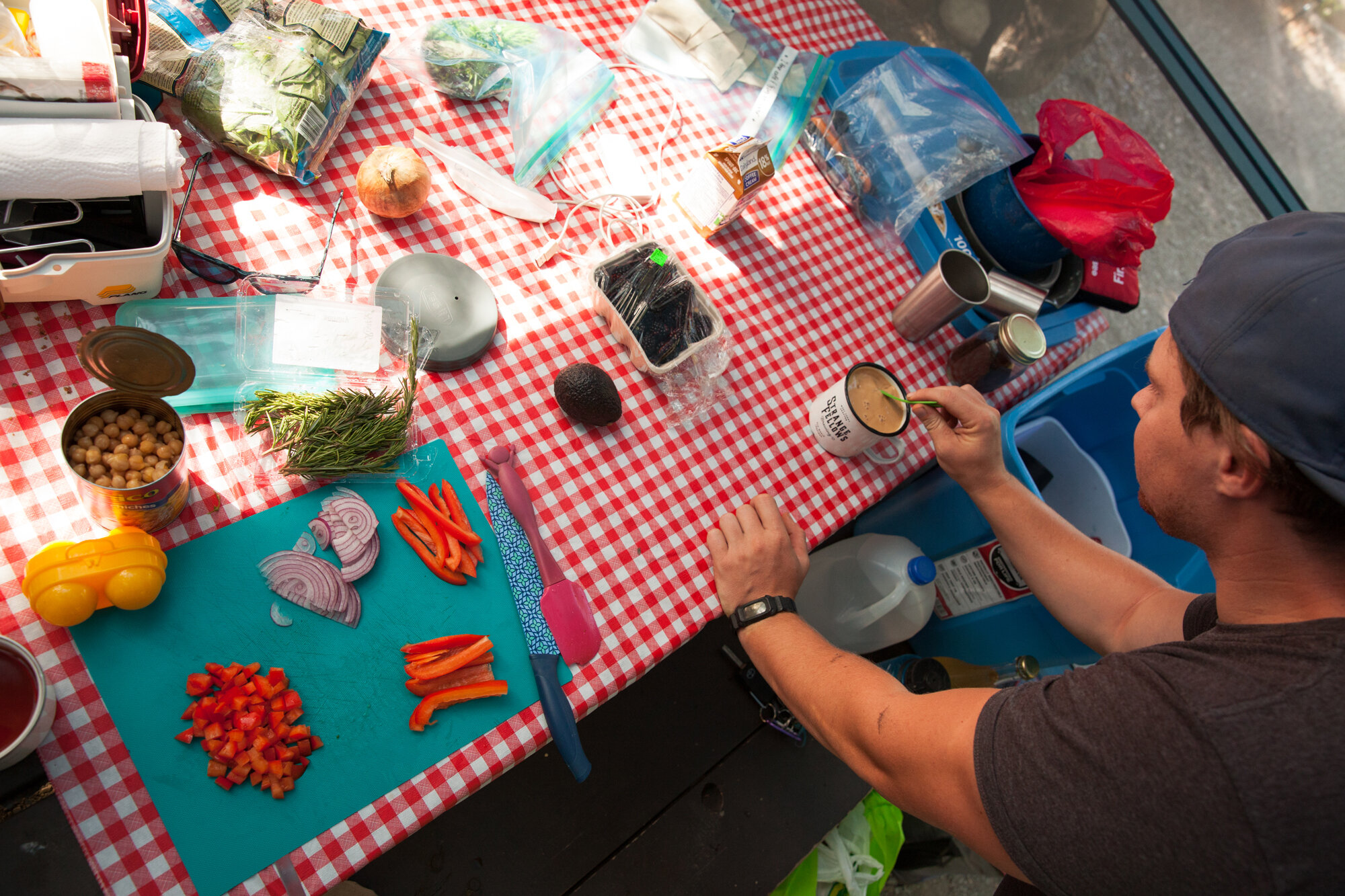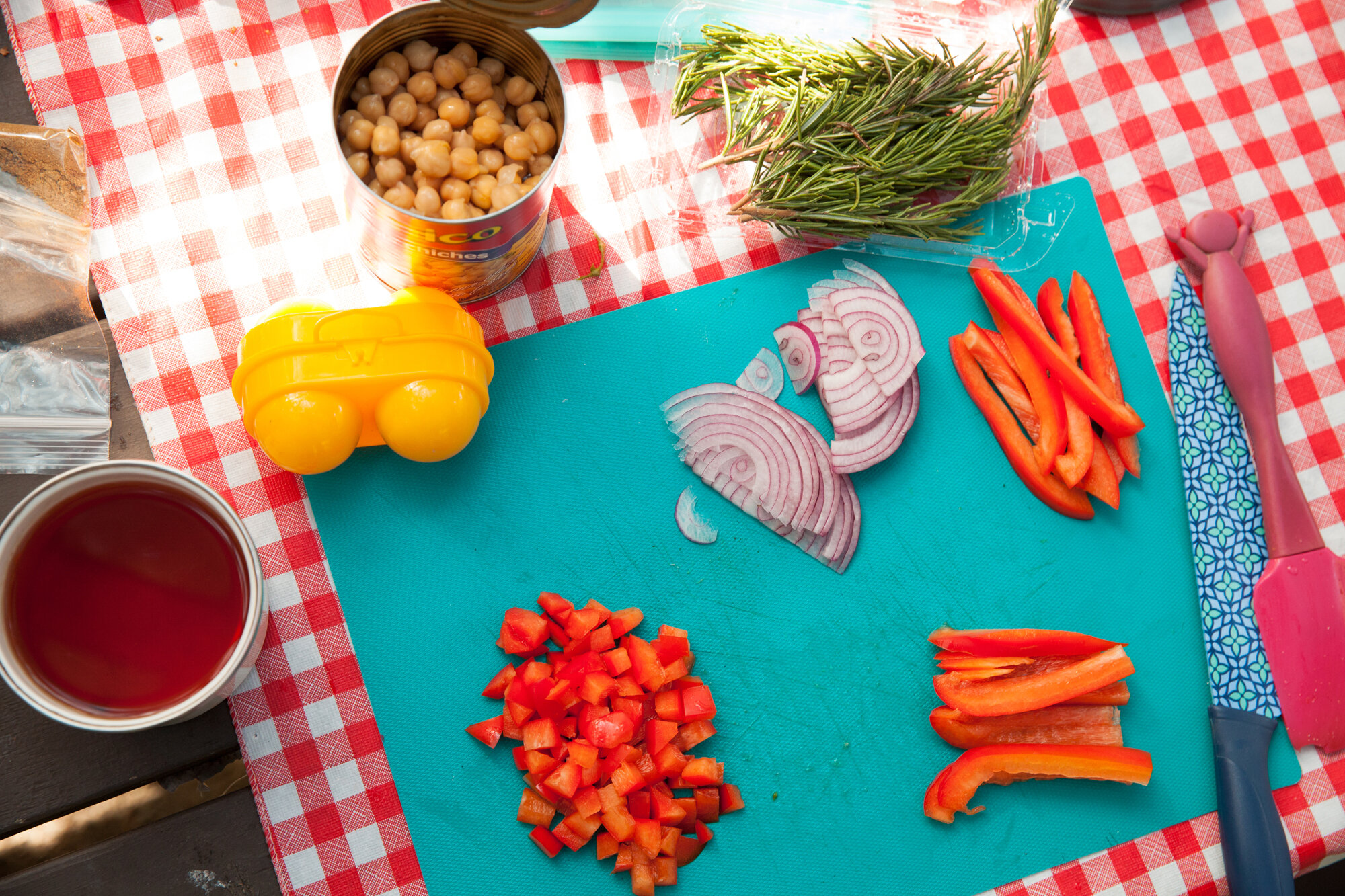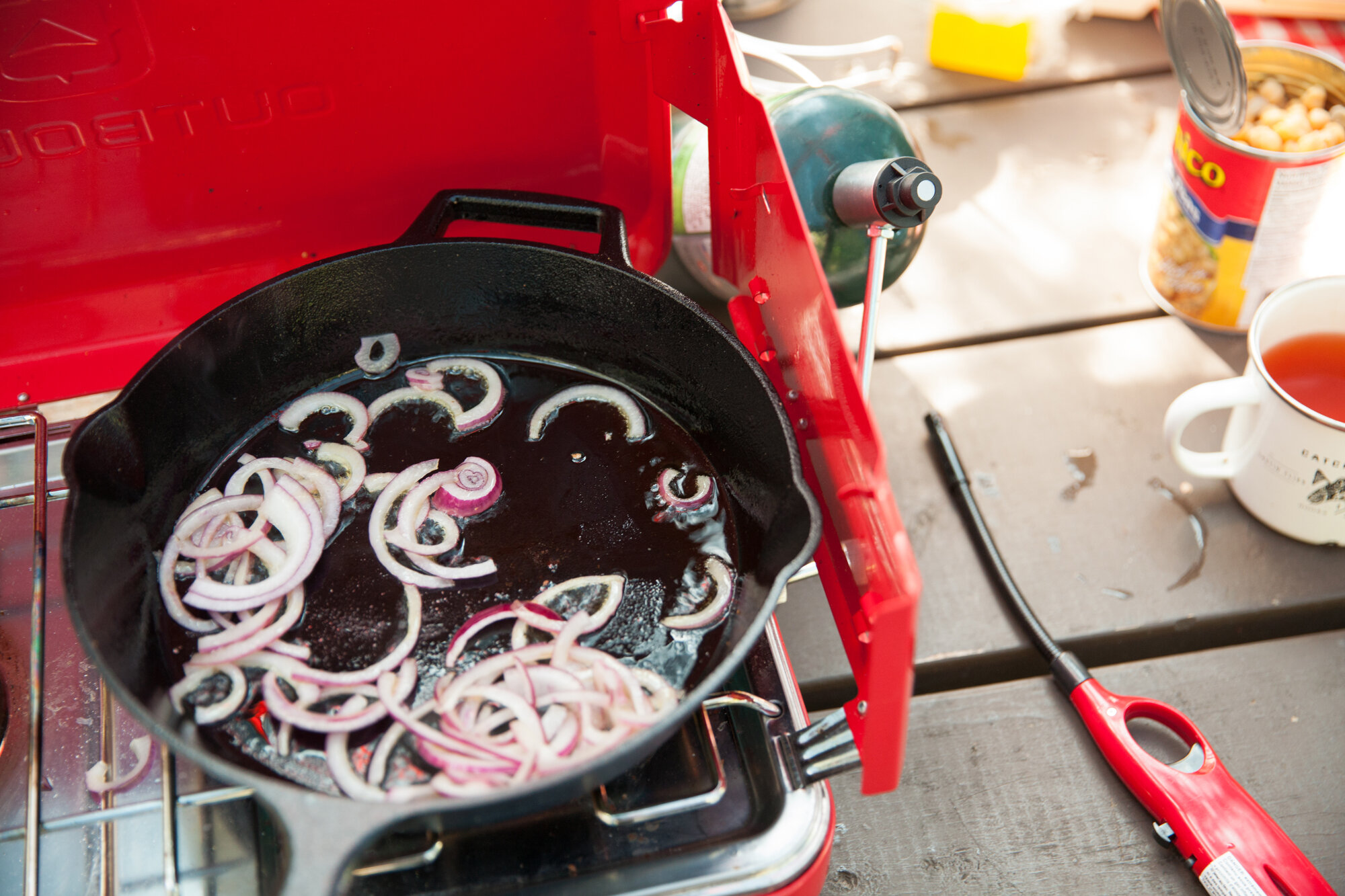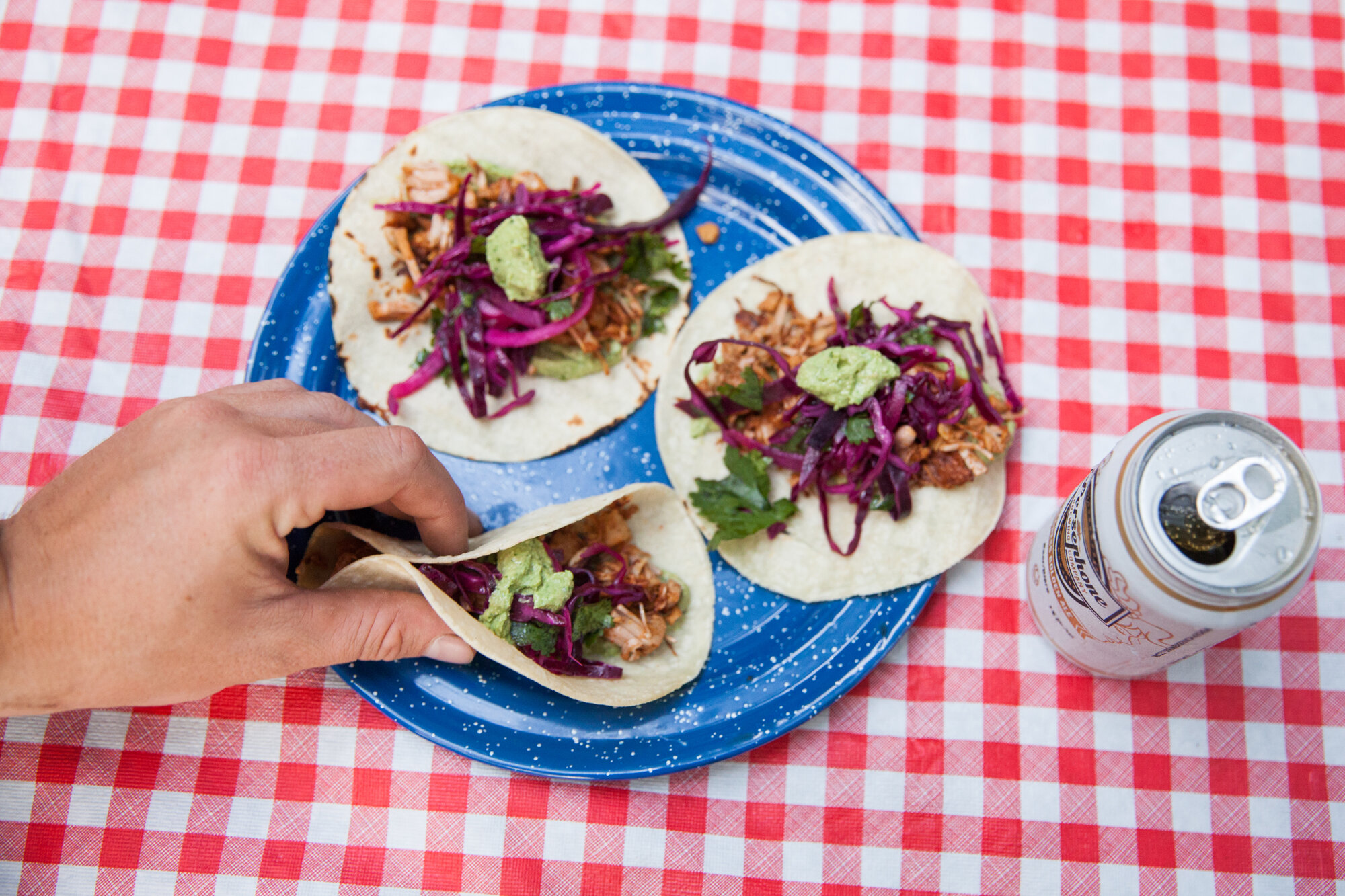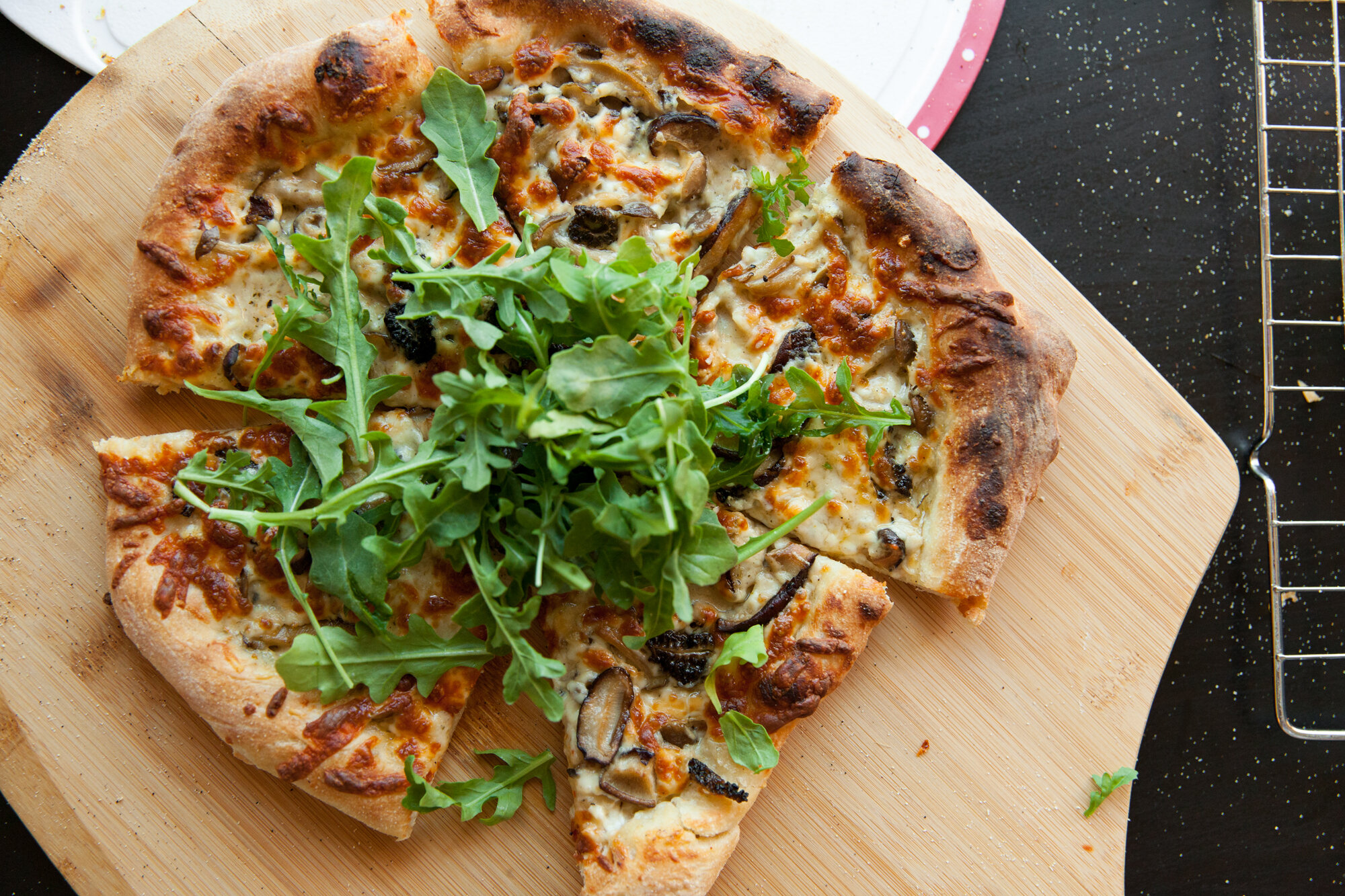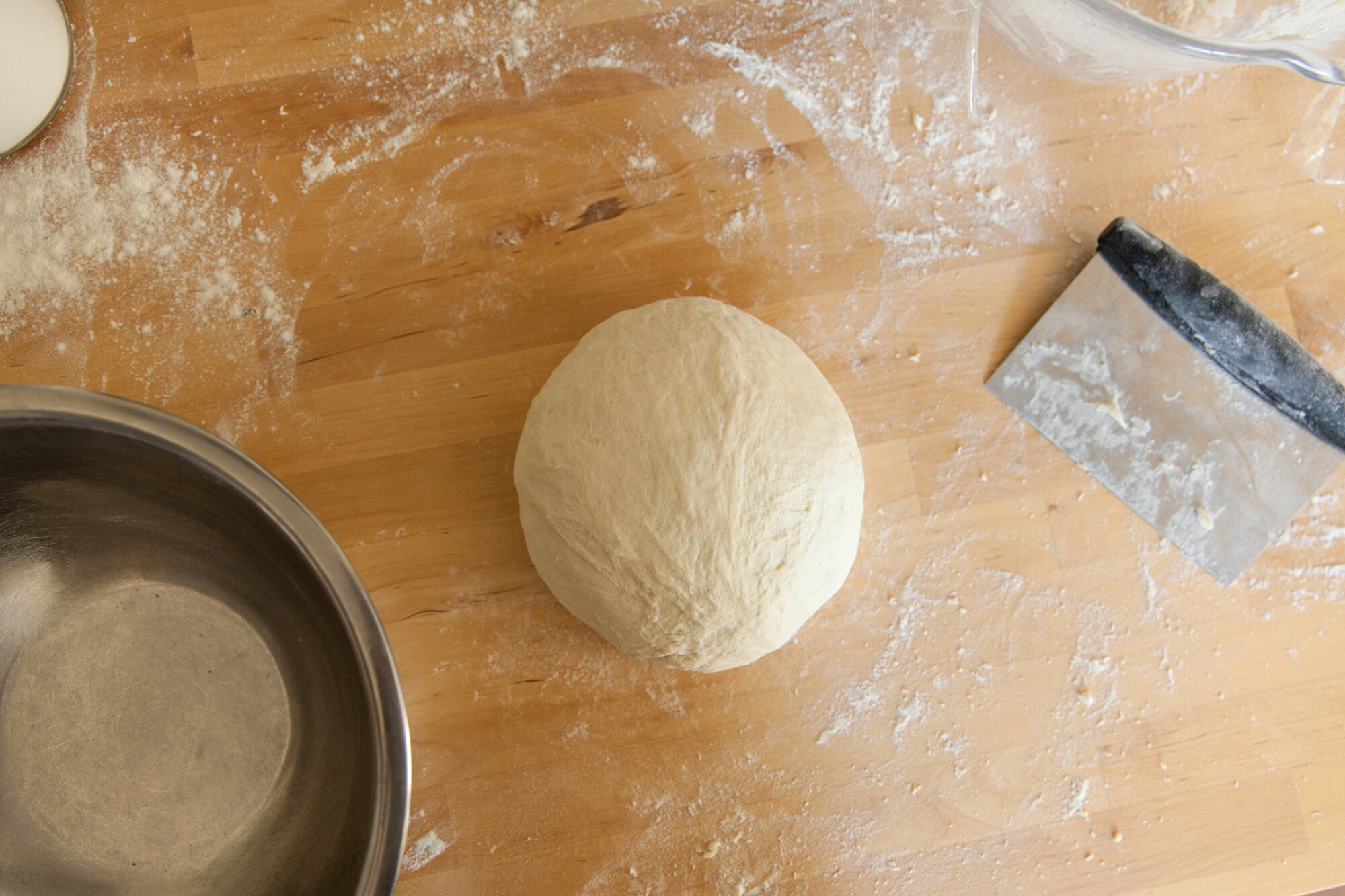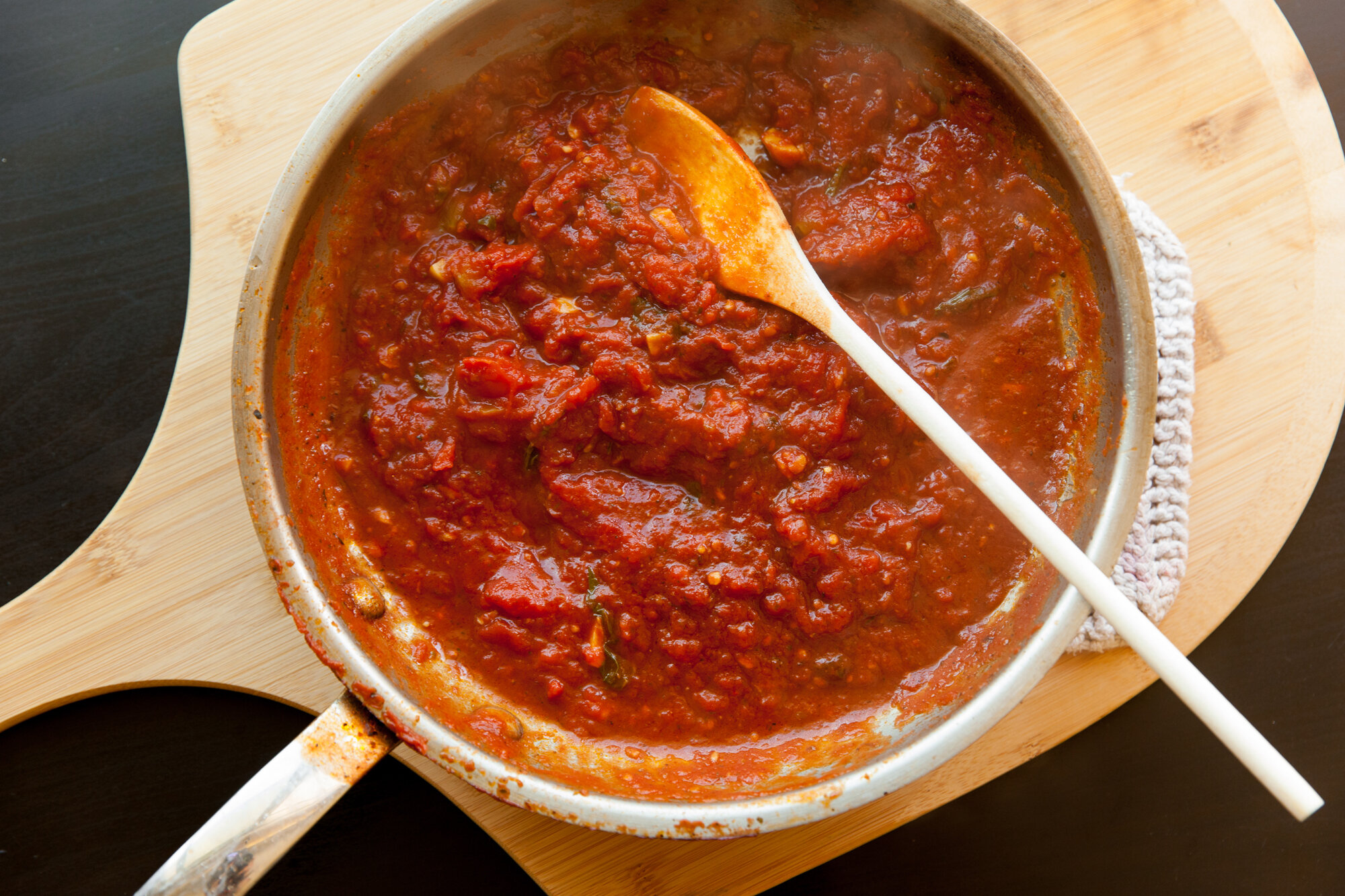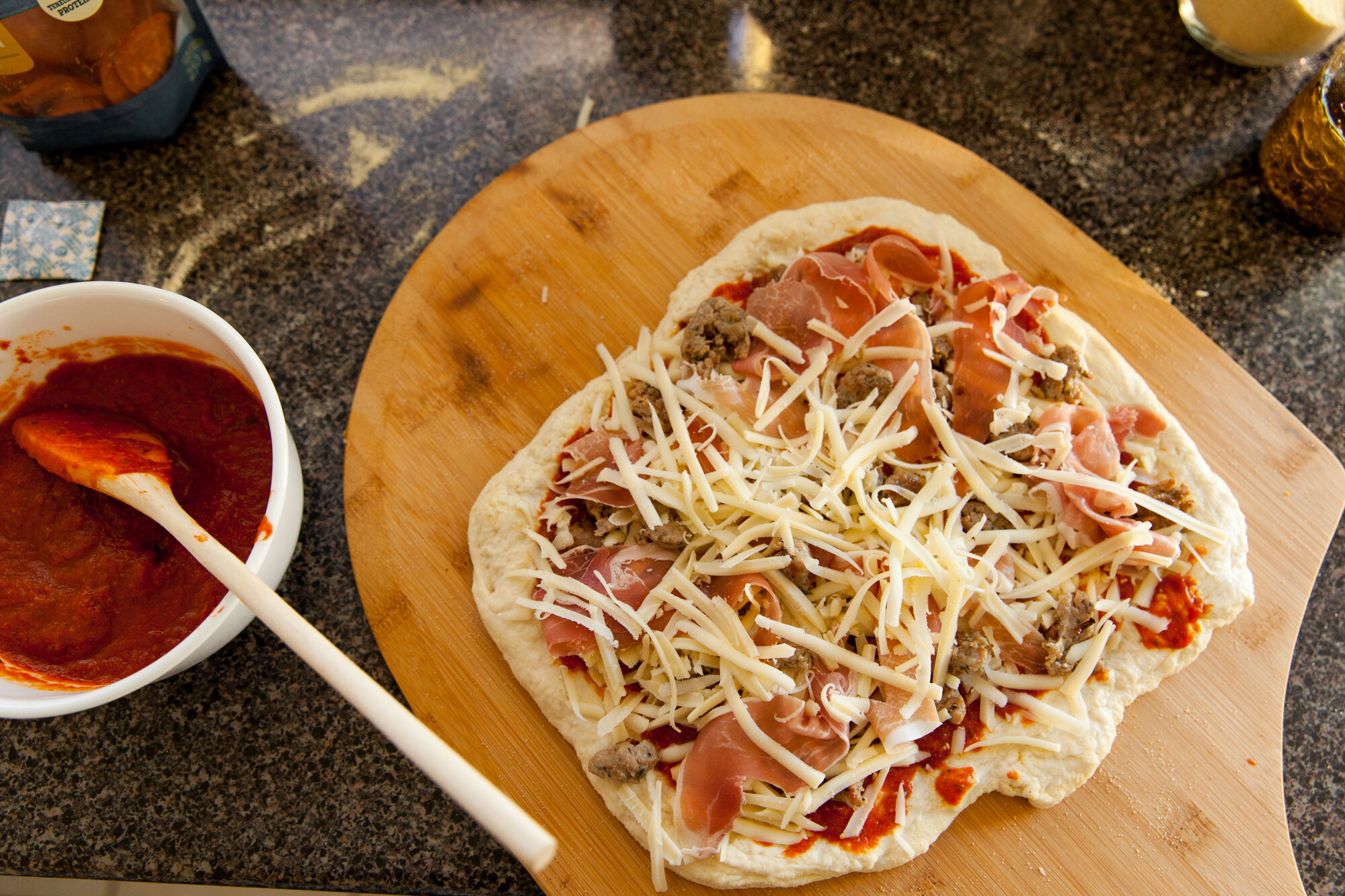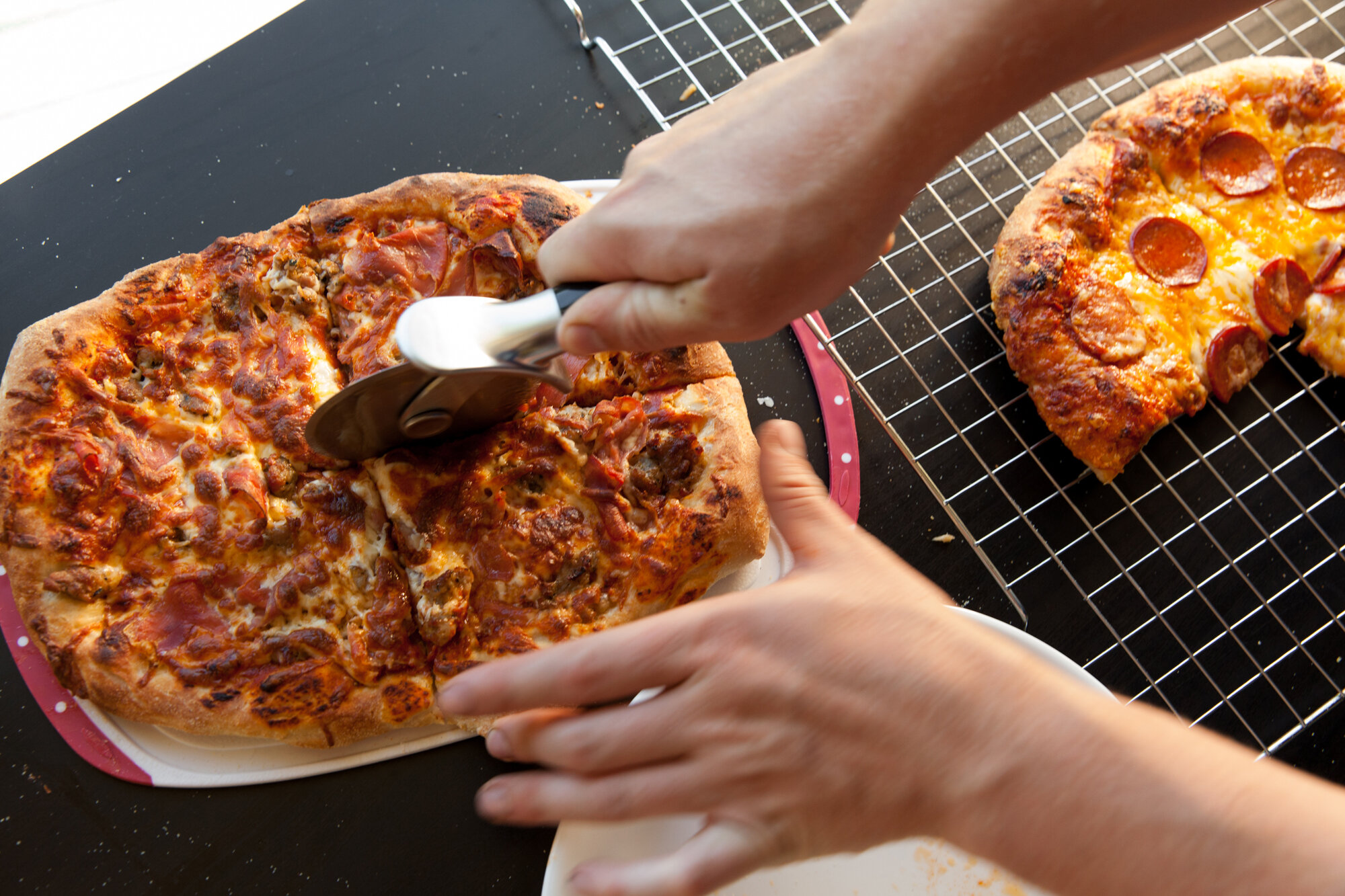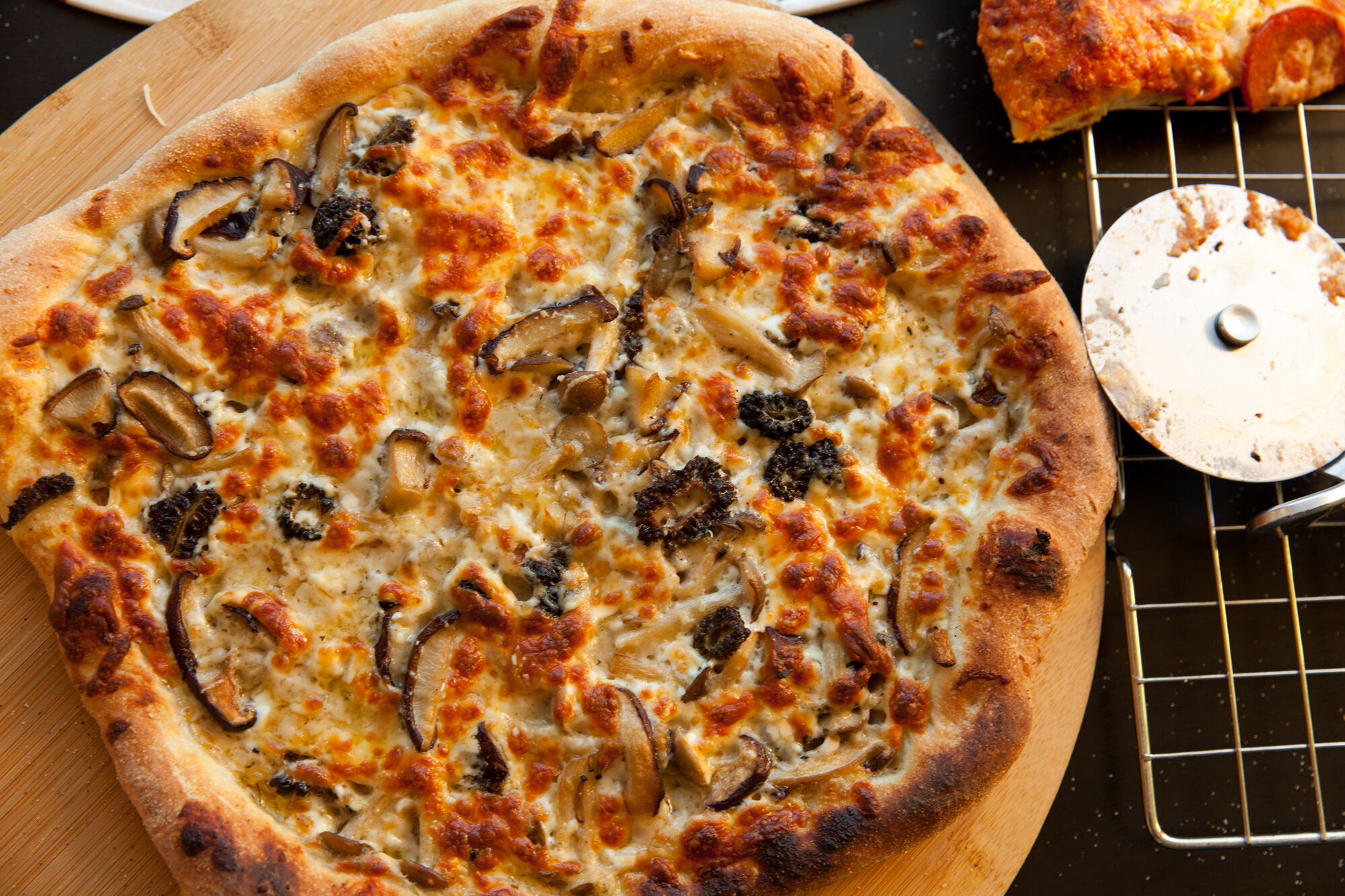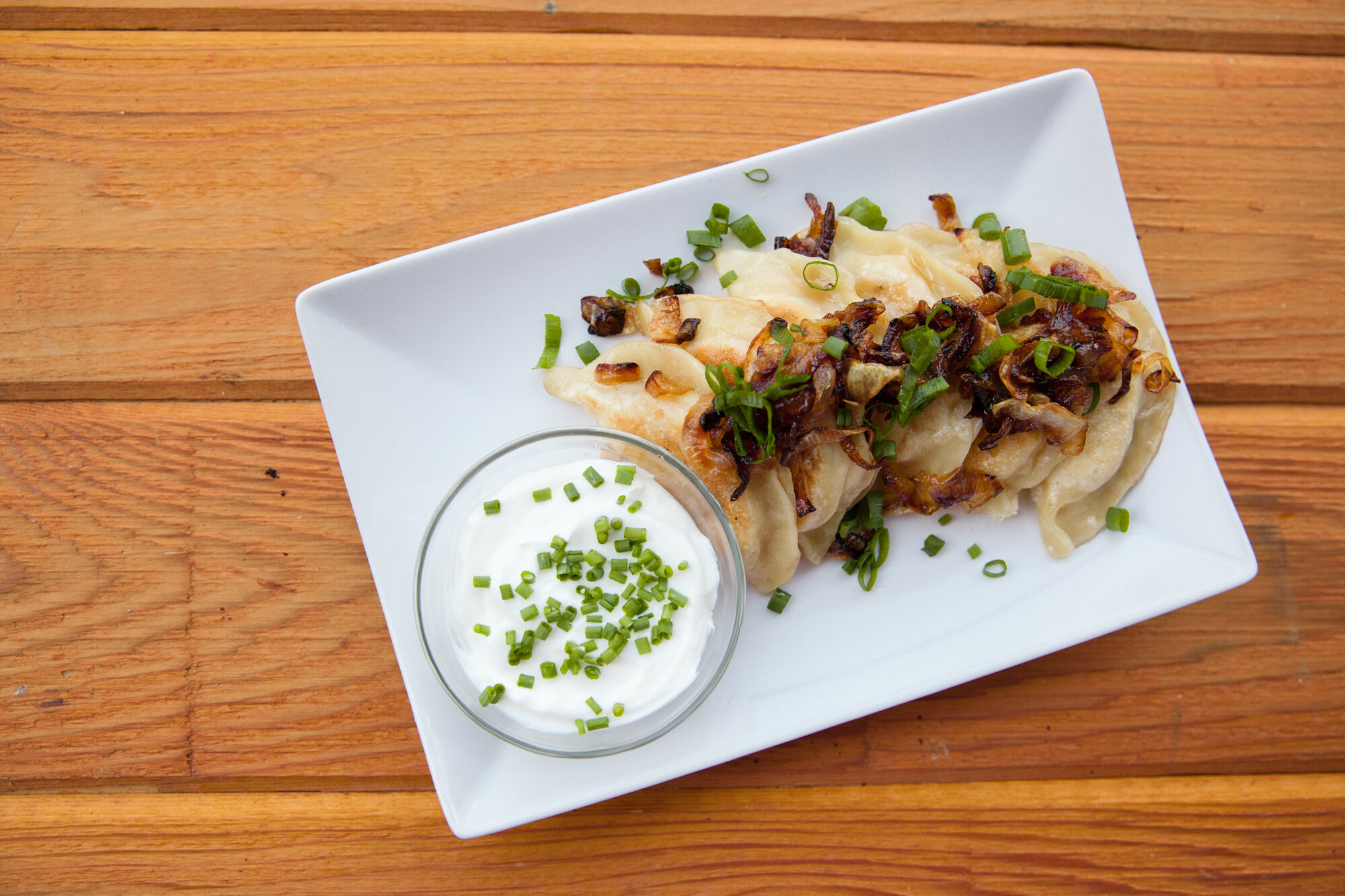
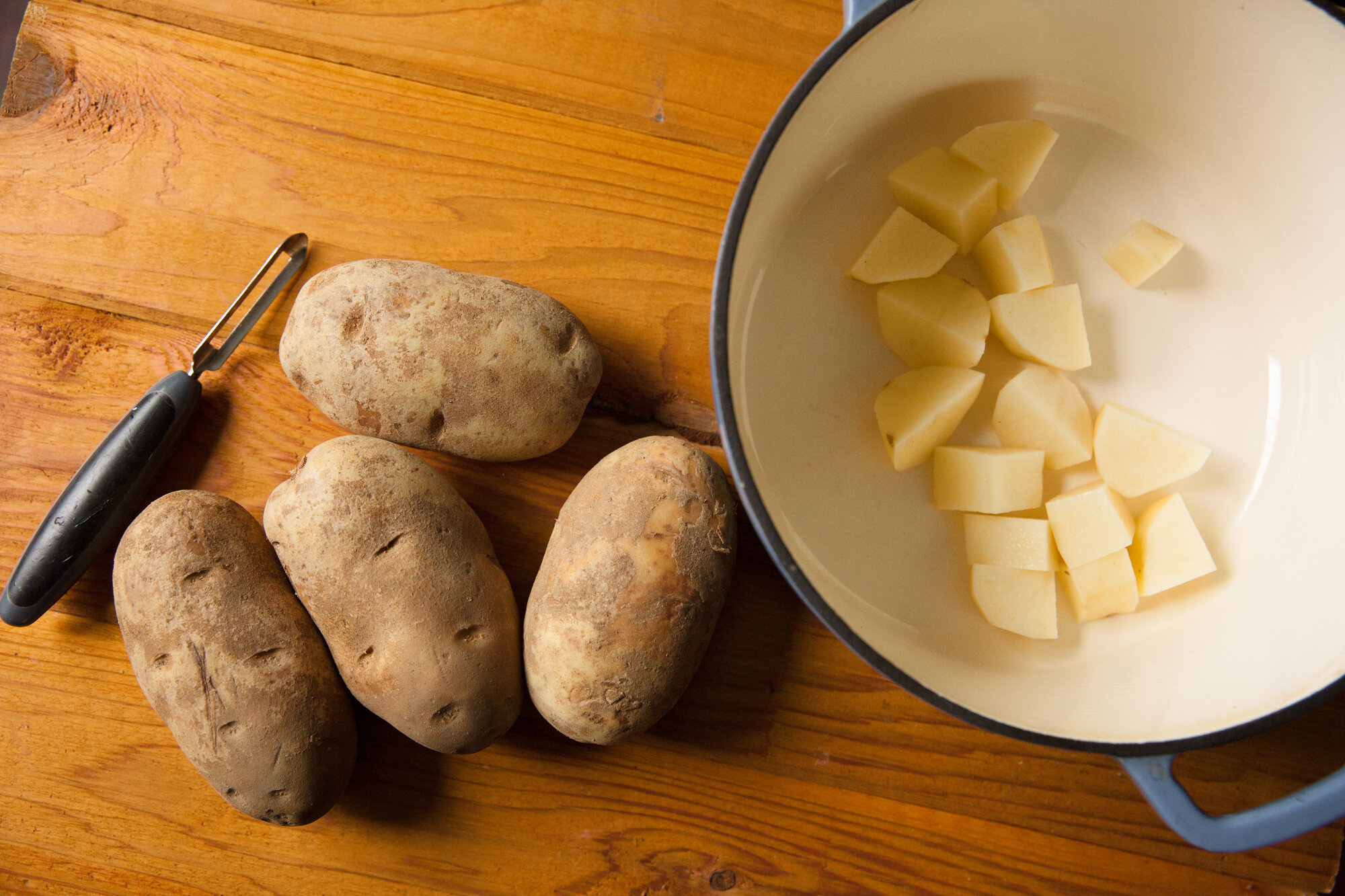
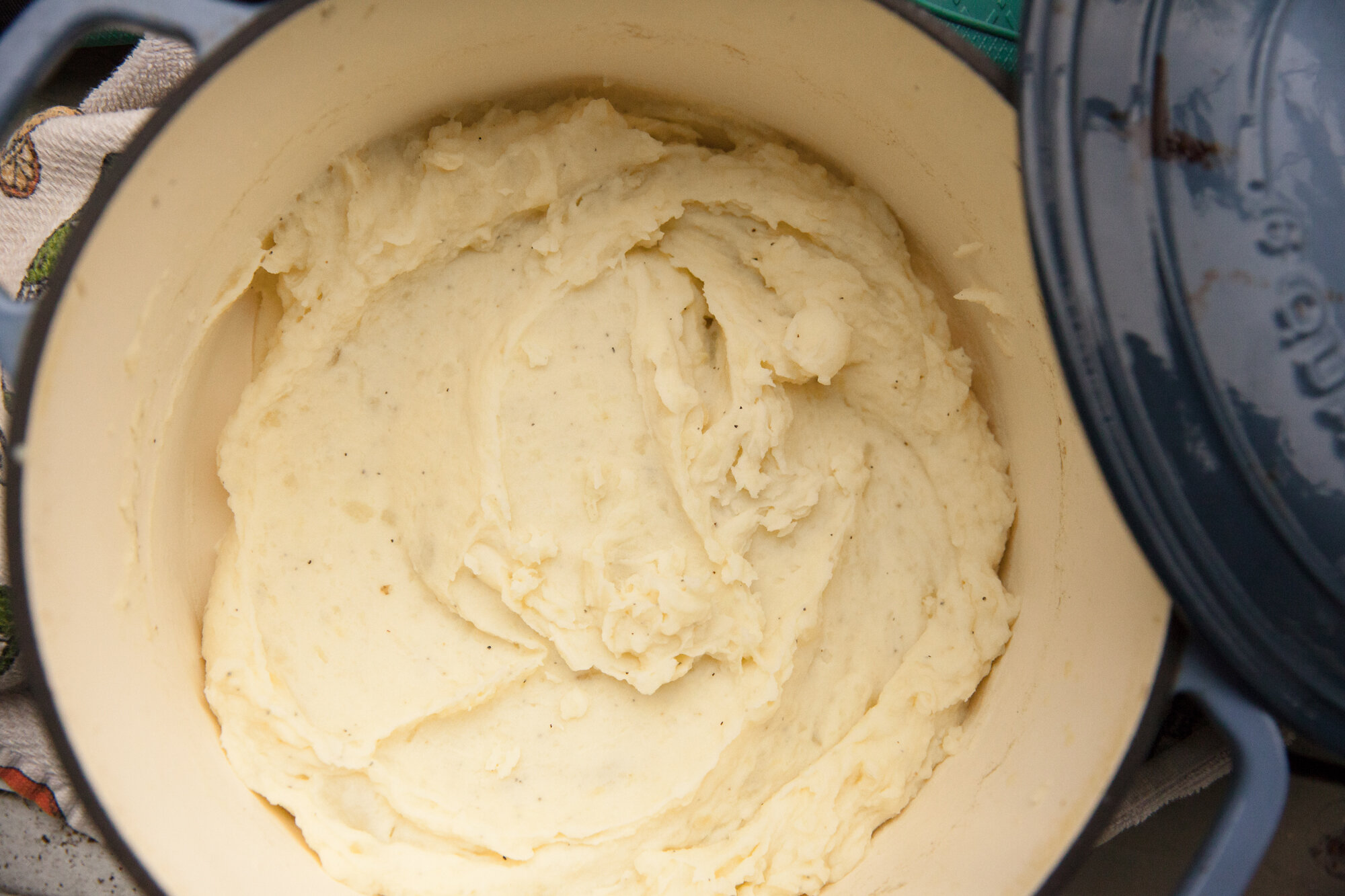
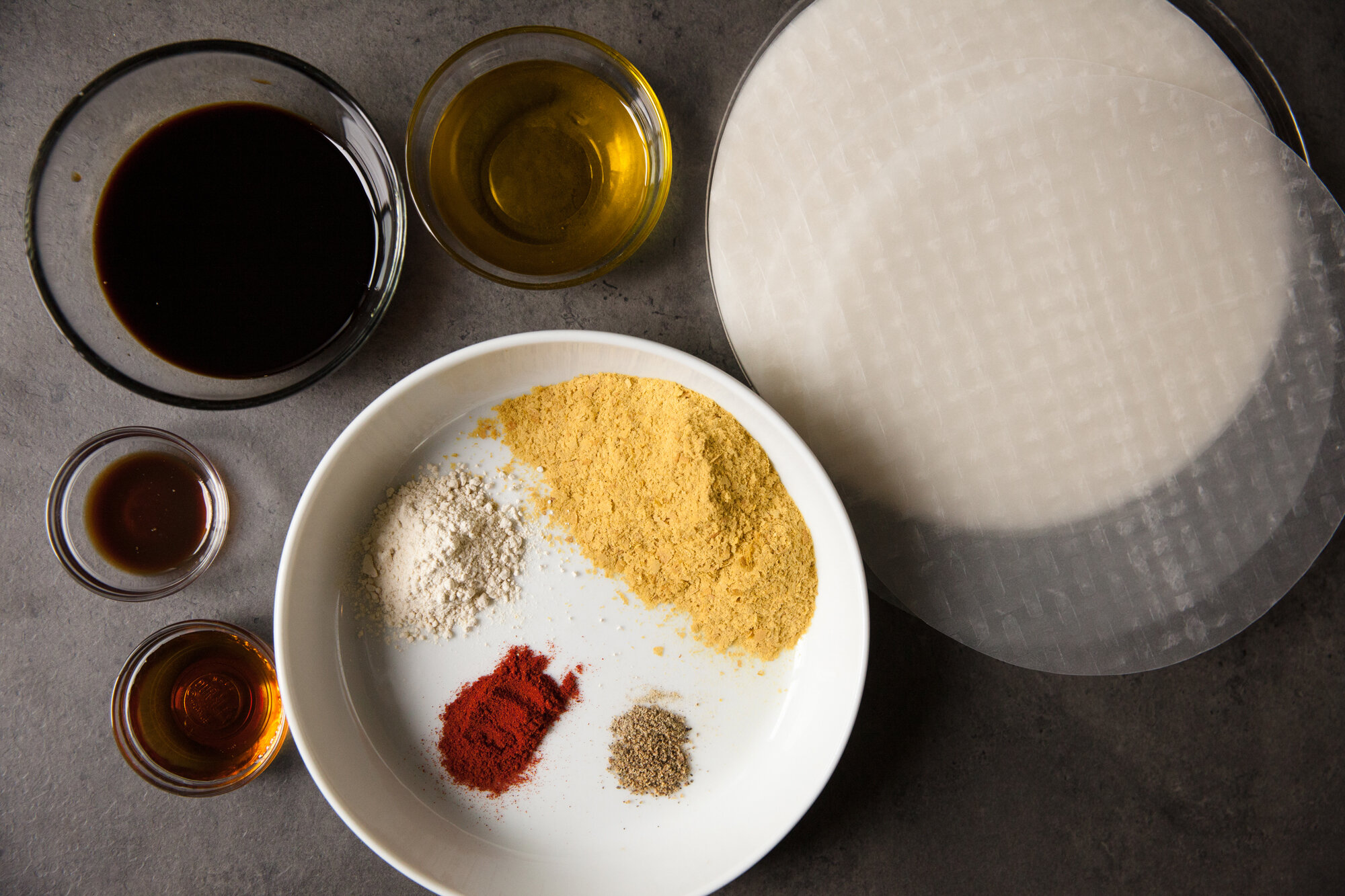
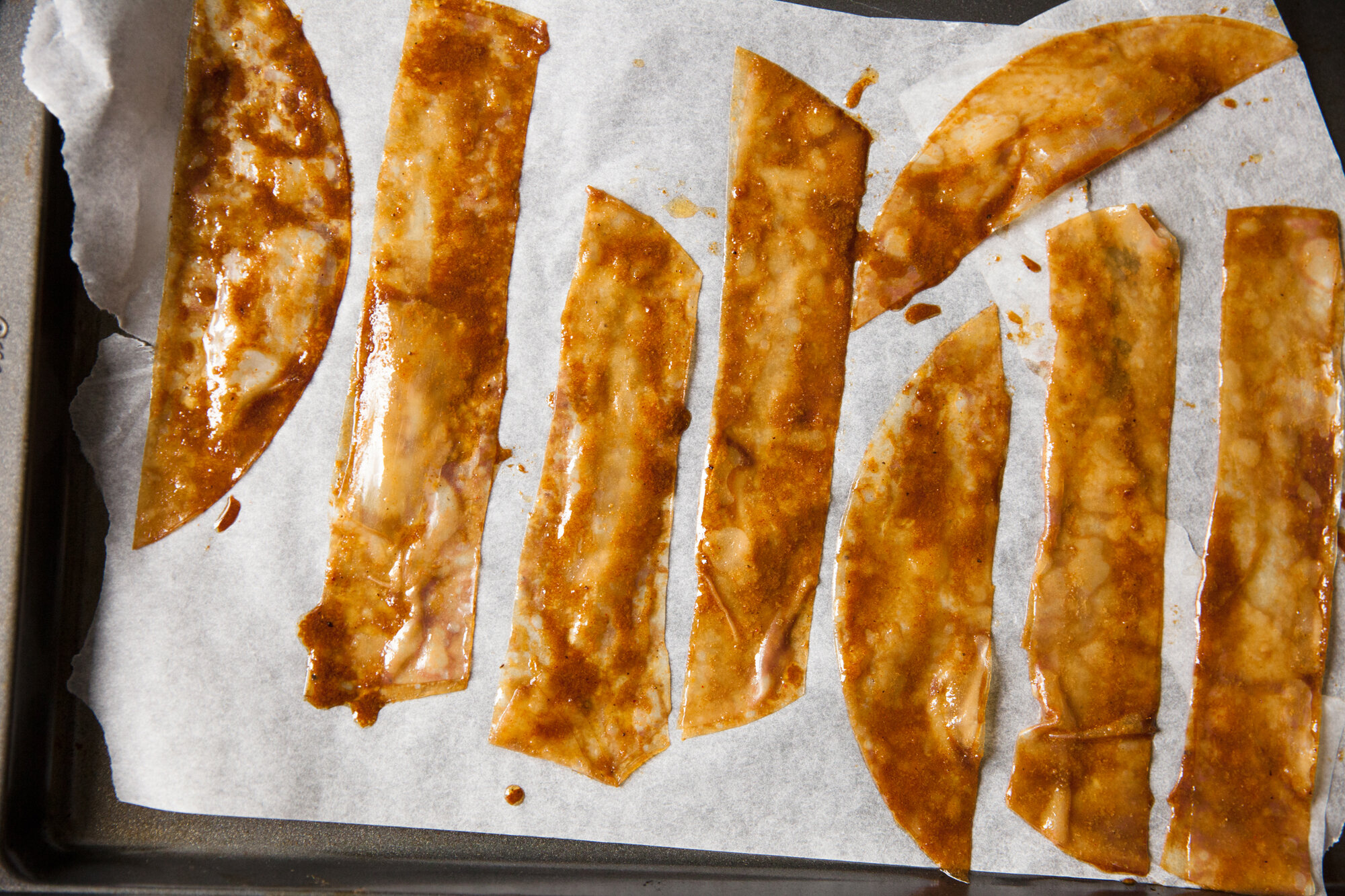
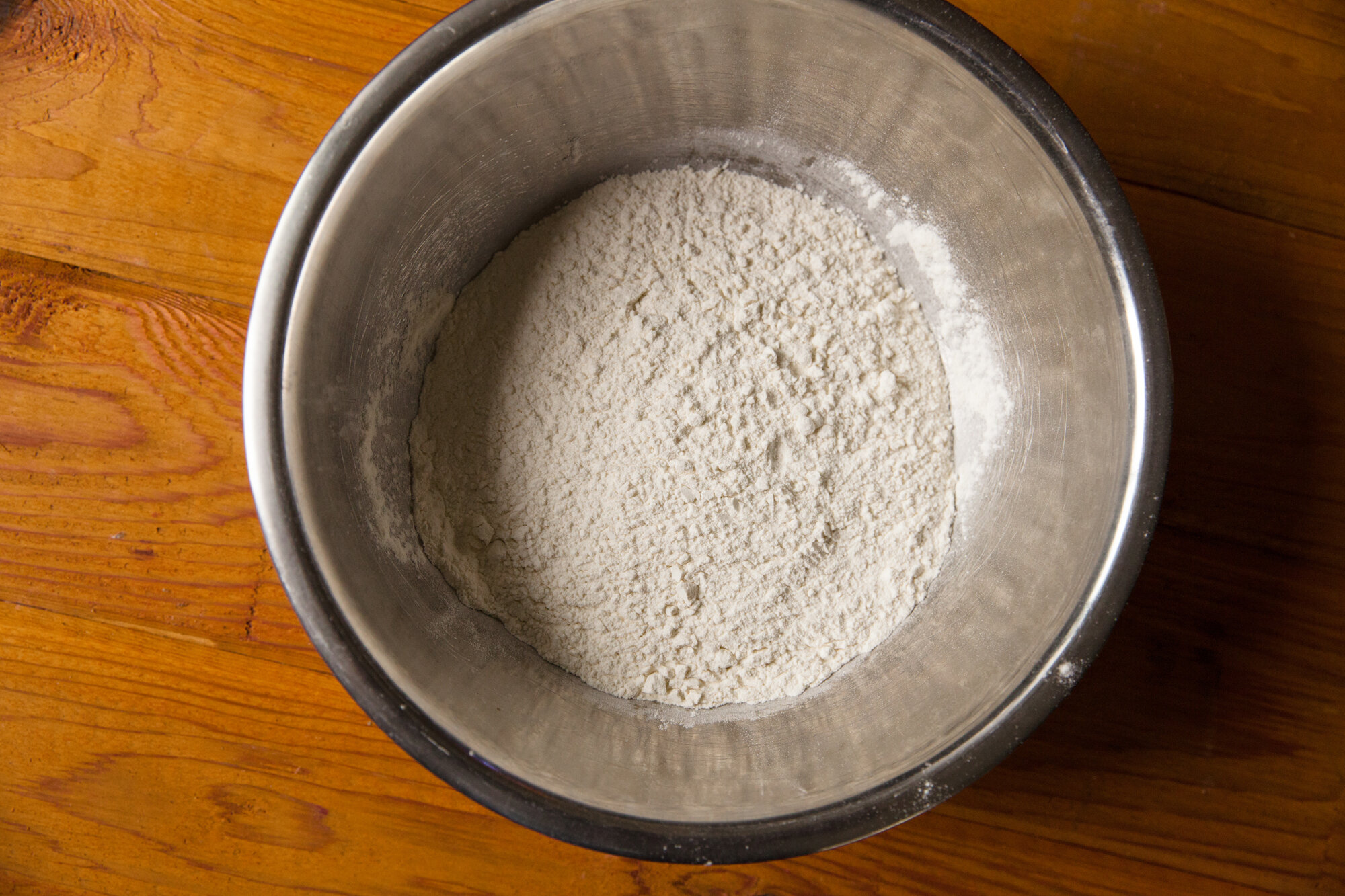

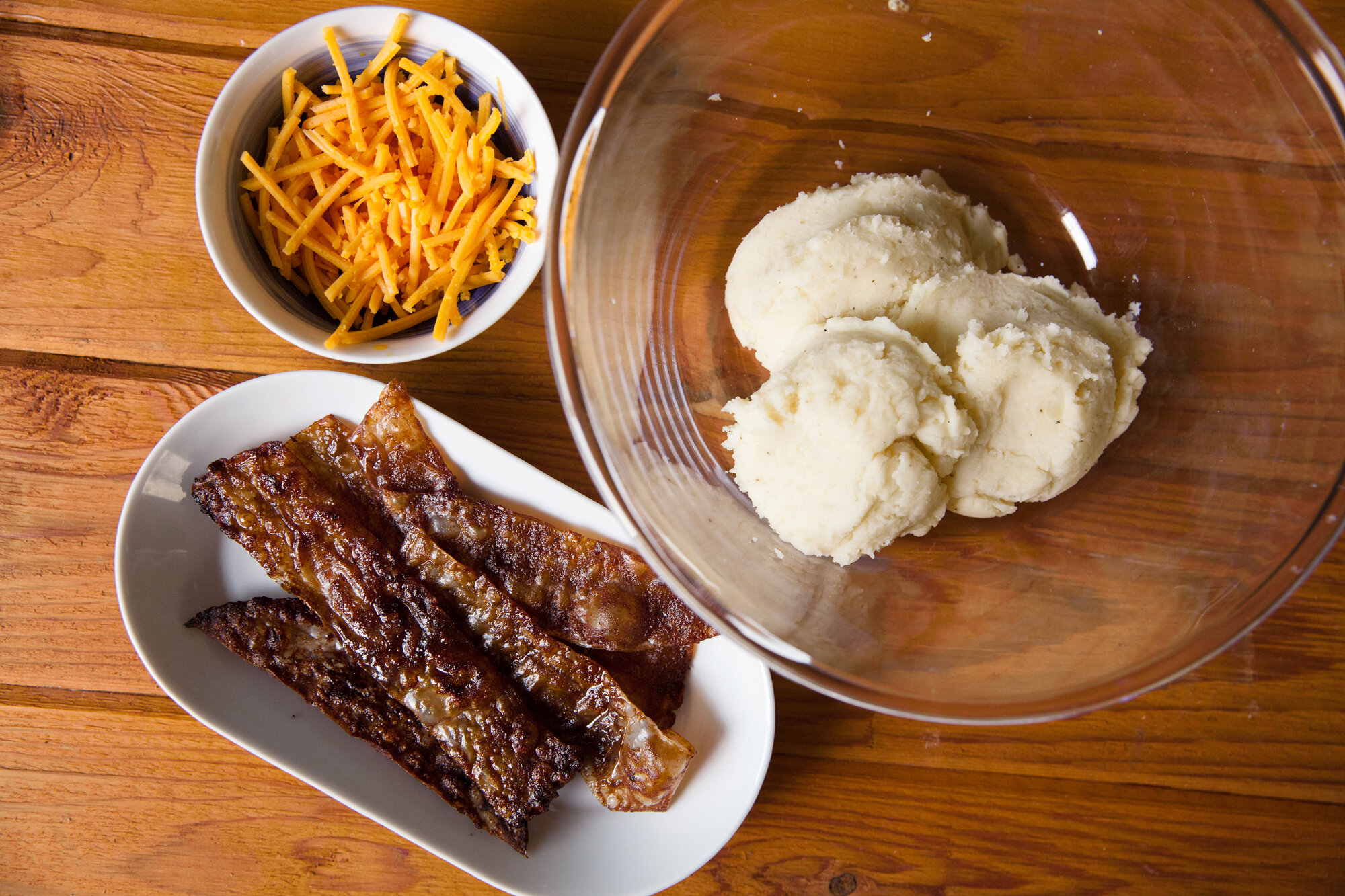
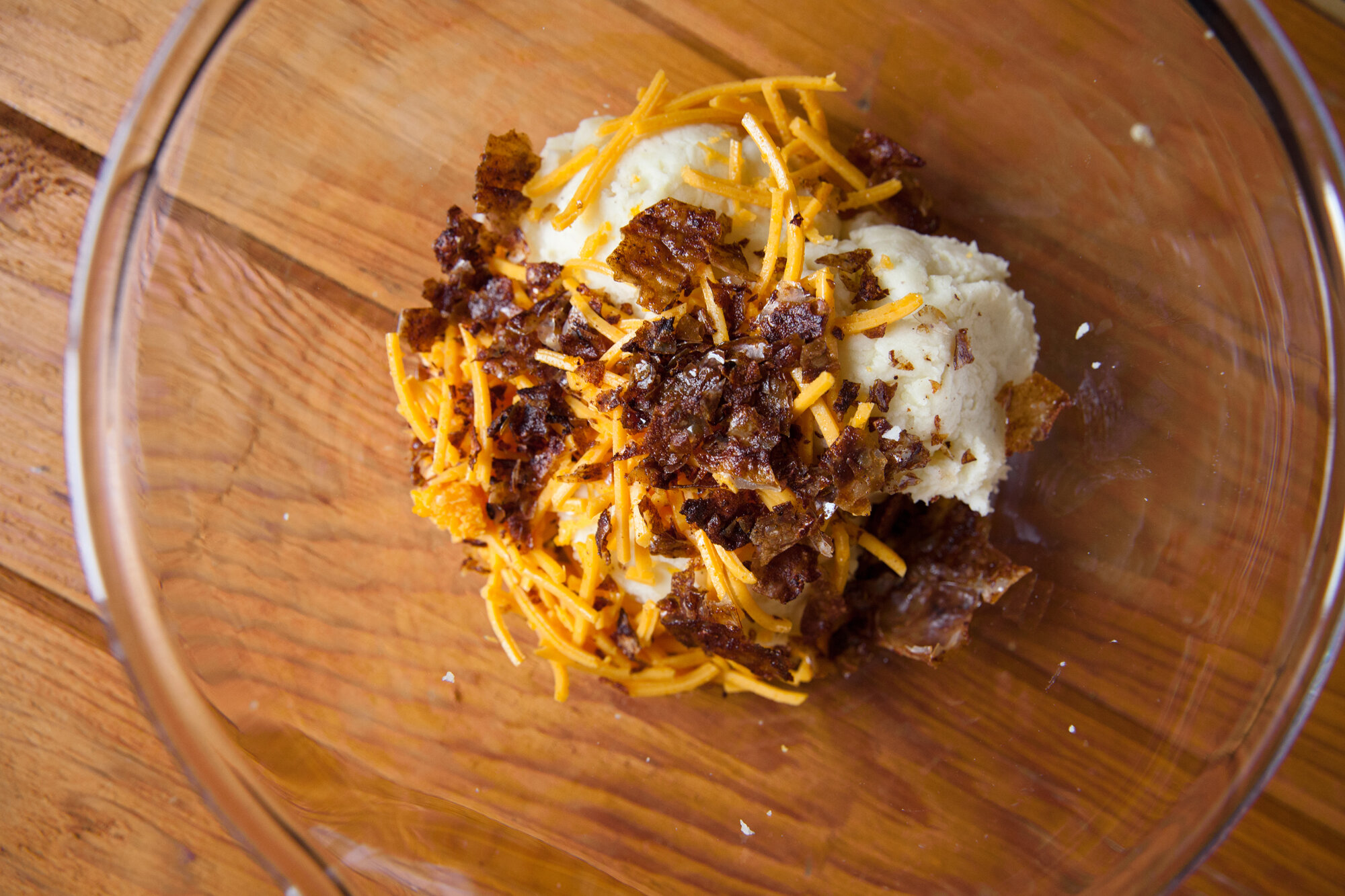

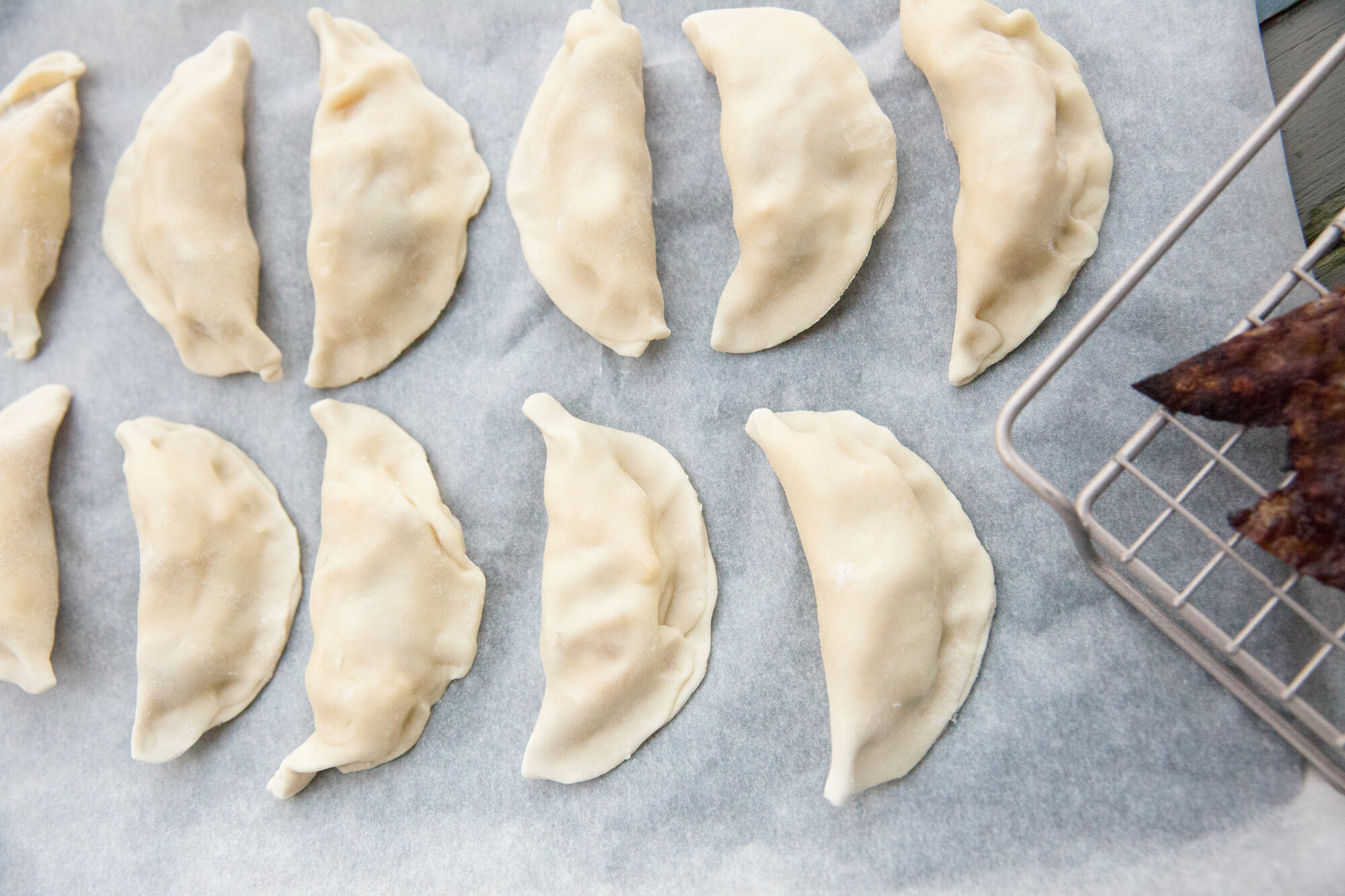
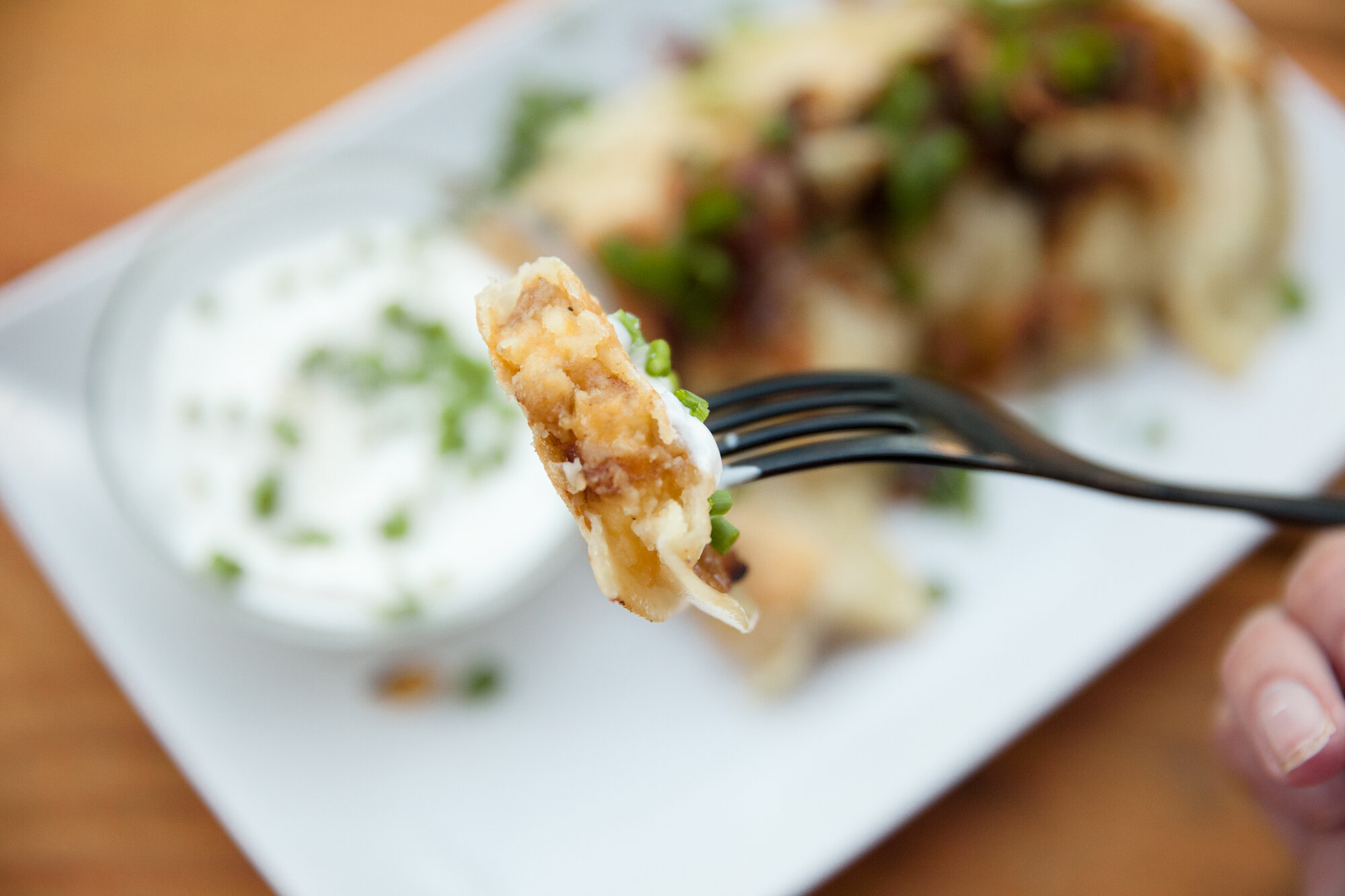

But Make It Vegan: Bacon & Cheddar Perogies
Recipe for Environment 911
One of my all-time favourite easy freezer-meals are perogies (no matter how you spell them), but that said, there’s something about a hand-made fresh pierogi that is just delicious.
Luckily this recipe can do both for you, as you’ll make a big batch and can have some that same day, and freeze the rest for another day you’re feeling lazy.
These may be more work, but good vegan pierogis are so hard to find, and this way you can customize your fillings, and even make a few different flavours in the same batch.
The Bacon & Cheddar Perogies is a classic, and the most popular, and it’s what I have for you below (I used the Vegan Bacon recipe from The Edgy Veg), but if you want greens you can chop and wilt some spinach, or add in some caramelized onions, or vegan ground round. Heck, you can even make some dessert pierogis with some local fruit to pair with some dairy-free ice cream.
The world is your oyster!...or perogies I guess.
Make Approx. 50-60 Pierogis
INGREDIENTS:
For The Dough:
- 3 cups flour (more for rolling/dusting)
- 1/2 tsp salt
- 1/4 cup vegetable oil
- 1 cup of water
For The Filling:
- 3 russet potatoes
- approx. 1.5 cups vegan cheddar
- salt and pepper
- nut milk
- 2 tbsp vegan butter
- 3 or 4 pieces of vegan bacon (see below)
For The Vegan Bacon from The Edgy Veg:
- 10 pieces rice paper
- 4 Tbsp nutritional yeast
- 1 Tbsp garlic powder
- 4 Tbsp olive oil
- 6 Tbsp Bragg’s Liquid Aminos
- ½ tsp liquid smoke (sub: 1 Tbsp bbq sauce)
- 1Tbsp maple syrup
- ½ tsp ground black pepper
- ½ tsp of paprika
For Cooking:
- 2 tbsp vegan butter or olive oil
For The Topping: (all optional)
- 1 onion
- chives and/or green onions
- vegan sour cream (or cashew cream)
INSTRUCTIONS:
Make the vegan bacon from The Edgy Veg (using any substitutes that you need) and allow it to fully cool.
If you want to skip this step (to save a bunch of time) and just want cheddar perogies, with a smoky flavor, add ½ tsp to the filling when mixing it all together. It won’t have the crunch and chew factor, but you will still get the aroma.
For The Dough:
Measure out the flour in a large mixing bowl. Add in the salt and combine, then add the water and oil and begin to bring the dough together.
I started in the bowl and when it was loosely mixed, moved it to a clean, floured countertop, and continued to knead the dough until it came together in a smooth ball. (Took a bit less than 10 mins)
Cut the dough in half, and wrap each half with plastic wrap and let it rest for about 20mins - you can put it in the fridge if you want, but let it warm up a bit before you start to work with it.
*Make the filling(s) during this time - See Below
For The Fillings:
Scrub and peel your potatoes, and then cut into cubes. Cover with cold water, and then bring to a boil on the stove. Let the potatoes cook at a rolling low boil until you can pierce them easily with a knife (around 15-20mins-ish).
Drain and then place the potatoes back in the pot. Add the vegan butter, and then either with a potato masher, or a hand mixer, work the potatoes until they're smooth, while slowly adding some nut milk as needed. (I don't like chunky mashed potatoes, but if you prefer, you can leave some). Lightly salt and pepper to taste, then stir in your vegan cheddar.
If using the vegan bacon, crumble into small bits, or chop and then stir in. If just using the liquid smoke, pour in and mix well.
Let cool to room temp so you don't burn yourself when making the perogies.
If you'd like to use other fillings as well, you could heat some veggie ground round and wilt some baby spinach in a pan. Either use this on its own, or mix it into the potatoes. You could also sauté some onions, and then add chopped mushrooms, cooking until they brown and the moisture has evaporated. And again, either use on its own or mix into the potatoes.
To Make The Perogies:
Roll out half the dough until it's about 1/8 - 1/16 inch thick (very thin) - either by hand, or in a pasta maker.
Use a round cookie cutter, or a glass, floured, and cut the dough into circles (or ovals). Place on a floured cutting board, or cookie sheet, while you do the rest of the dough.
Re-roll any leftover dough bits to maximize the amount of you can make.
When the half of dough is ready and cut, grab a small bowl of room temp water. Place the circle of dough in your hand, and fill with about a heaping teaspoon of your filling of choice. This amount will vary with the size of your circles - it may take a few tries.
Dip a finger in the water bowl and run it around the edge of your perogy circle, and then fold in half over the filling. I started pinching it together to seal it from the middle and working towards one edge, then doing the other.
Place on a floured surface and cover while you make the rest of the perogies in this manner. Keep going until all of the dough is gone!
To Cook:
*If you want to have caramelized onions for a topping, it's good to make them first, as they take some time.
Cut an onion into half-moon slices, and then add to a frying pan that is on medium heat, with about a tsp of olive oil or vegan butter. Stir every few minutes, and you can add a sprinkle of salt as well. It will take them about 25-30 mins to caramelize. Keep warm while you make the perogies.
Boil some salted water in a large pot. and then drop the perogies one by one into the pot. You can do about 10 at a time max, as you don't want them to stick together (or the bottom of the pot).
[If you're one of those people that eats perogies just boiled and not fried, skip the next part and plate your perogies.]
In the meantime, heat some vegan butter or olive oil in a frying pan over medium heat. When the perogies have cooked for about 3 mins and rise to the surface (it may take longer if you're cooking them from frozen), scoop them out with a slotted spoon and place them in the frying pan.
Cook them until they're golden brown on both sides (to your liking).
Place them on a plate, and top with the caramelized onions, chives or green onions, and vegan sour cream on the side - if you're using those.
ENJOY!



